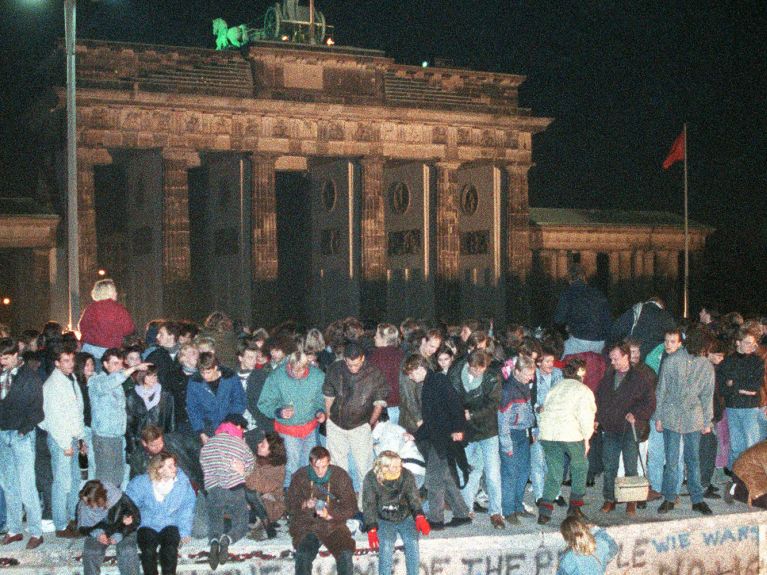Looking back at the long journey West
Farewell to the German question – Looking back at the long journey West.

It existed for 184 years, the German Question. It arose on August 6, 1806 when Franz II, the last Emperor of the Holy Roman Empire of the German Nation, bowed down to an ultimatum from Napoleon, laid down his crown, relieved the Estates of their duties and thereby dissolved the “Old Empire”. The German Question was resolved on October 3, 1990, with the approval of the four former occupying powers, when the German Democratic Republic acceded to the Federal Republic of Germany. At a state act in the Berlin Philharmonie Richard von Weizsäcker, the German President, described the historical importance of Reunification in a sentence that has gone down in the annals of German history: “The day has come on which for the first time in history the whole of Germany takes a permanent place among Western democracies.”
Between 1806 and 1990 there were indeed periods in which Europe was not concerned by what we call “the German Question”. Between 1871 and 1914, the peacetime of the Kaiserreich, nobody would have dreamed of referring to an unresolved German Question. There can be no denying that the German Question resurfaced at the latest on May 8 and 9, 1945 when the German Reich surrendered unconditionally to the victors of the Second World War. The division of Germany into two states was a preliminary answer to the German Question. The final answer came in the form of the merger of the two states, together with the recognition under international law of the borders of 1945. Since October 3, 1990 it has been irrefutably laid down where Germany lies, what belongs to the country and what does not.